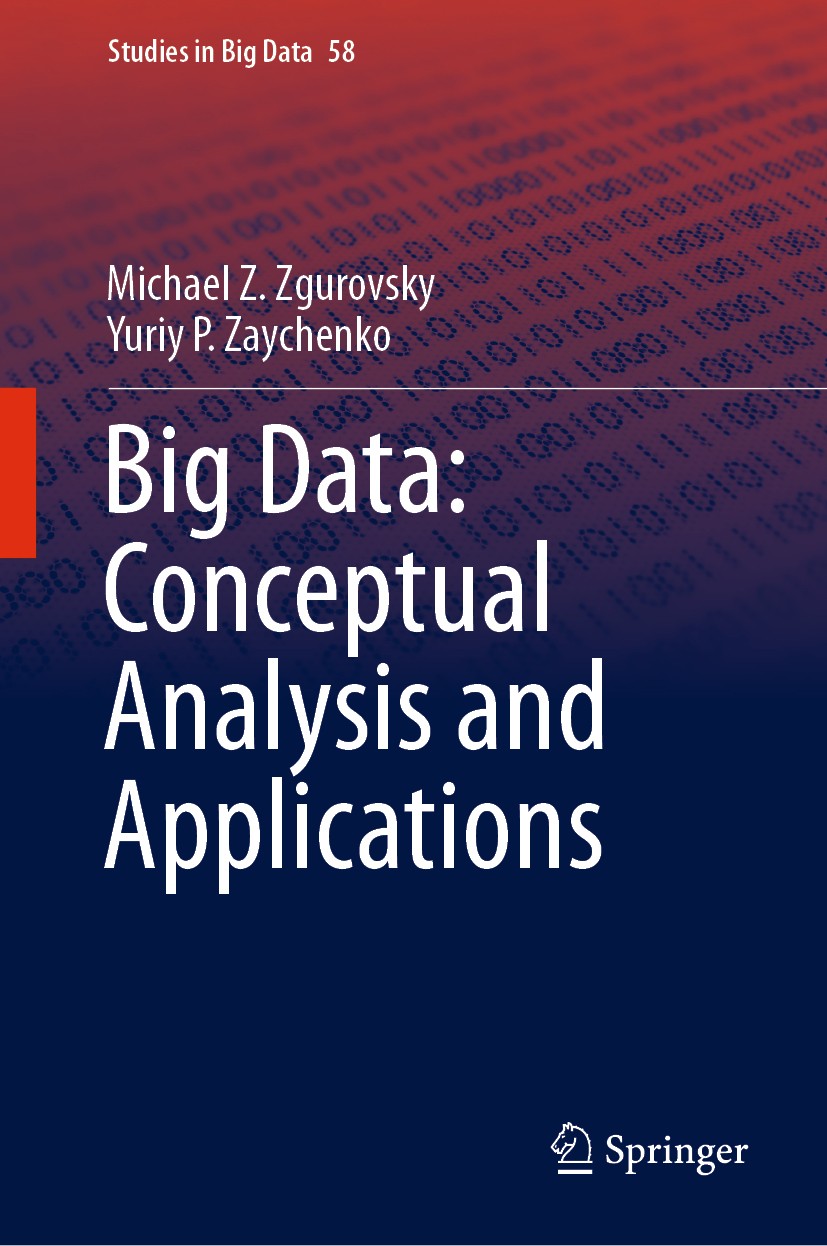| 期刊全称 | Big Data: Conceptual Analysis and Applications | | 影响因子2023 | Michael Z. Zgurovsky,Yuriy P. Zaychenko | | 视频video | http://file.papertrans.cn/186/185737/185737.mp4 | | 发行地址 | Applies methods of modern mathematics and system analytics to the analysis of big data.Extracts hidden regularities from these data.Presents conventional tools of data mining and novel efficient metho | | 学科分类 | Studies in Big Data | | 图书封面 |  | | 影响因子 | .The book is devoted to the analysis of big data in order to extract from these data hidden patterns necessary for making decisions about the rational behavior of complex systems with the different nature that generate this data. To solve these problems, a group of new methods and tools is used, based on the self-organization of computational processes, the use of crisp and fuzzy cluster analysis methods, hybrid neural-fuzzy networks, and others. The book solves various practical problems. In particular, for the tasks of 3D image recognition and automatic speech recognition large-scale neural networks with applications for Deep Learning systems were used. Application of hybrid neuro-fuzzy networks for analyzing stock markets was presented. The analysis of big historical, economic and physical data revealed the hidden Fibonacci pattern about the course of systemic world conflicts and their connection with the Kondratieff big economic cycles and the Schwabe–Wolf solar activity cycles. The book is useful for system analysts and practitioners working with complex systems in various spheres of human activity... . | | Pindex | Book 2020 |
The information of publication is updating

|
|
 |Archiver|手机版|小黑屋|
派博传思国际
( 京公网安备110108008328)
GMT+8, 2025-12-15 09:41
|Archiver|手机版|小黑屋|
派博传思国际
( 京公网安备110108008328)
GMT+8, 2025-12-15 09:41


